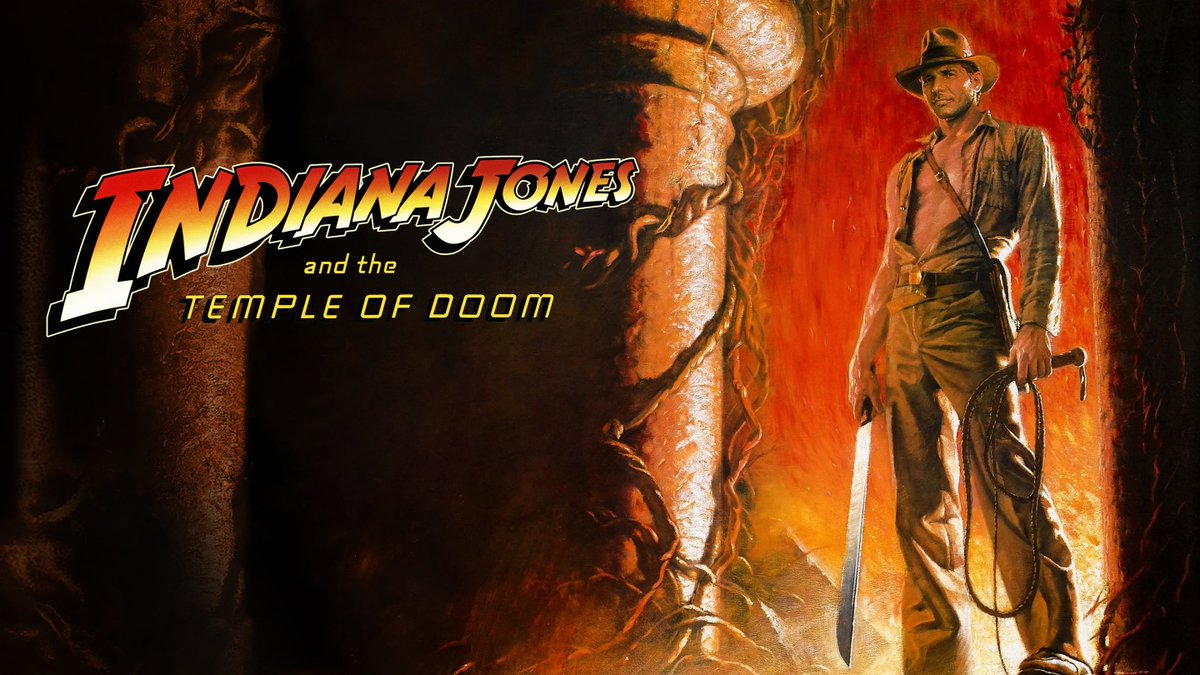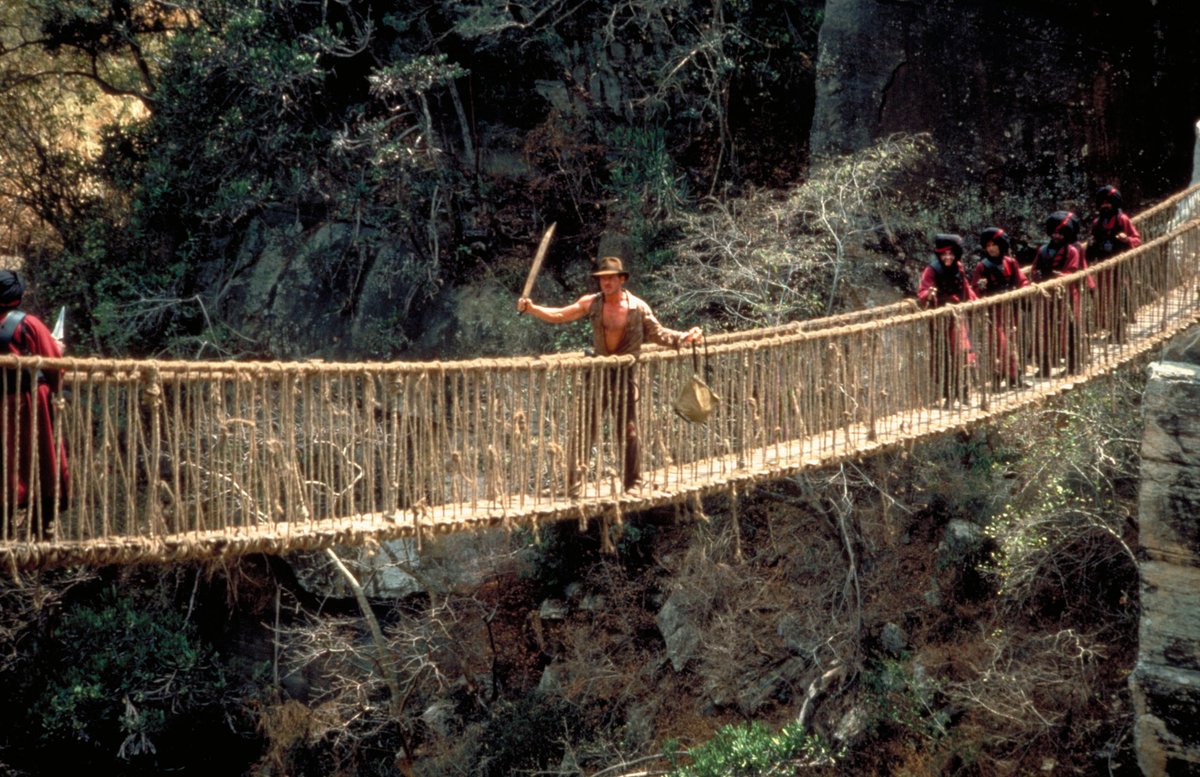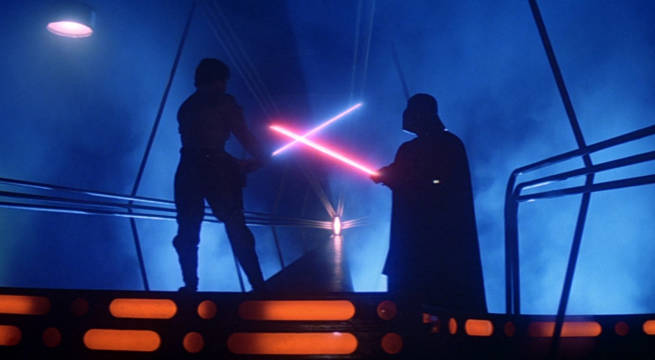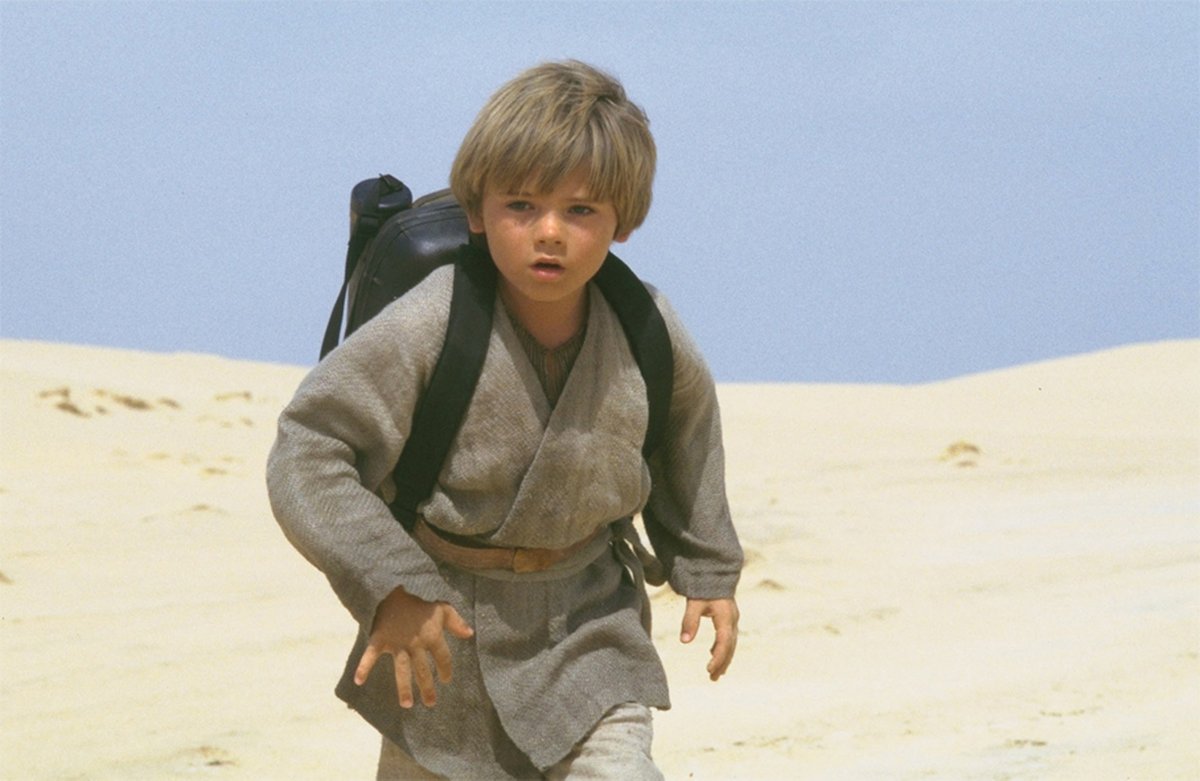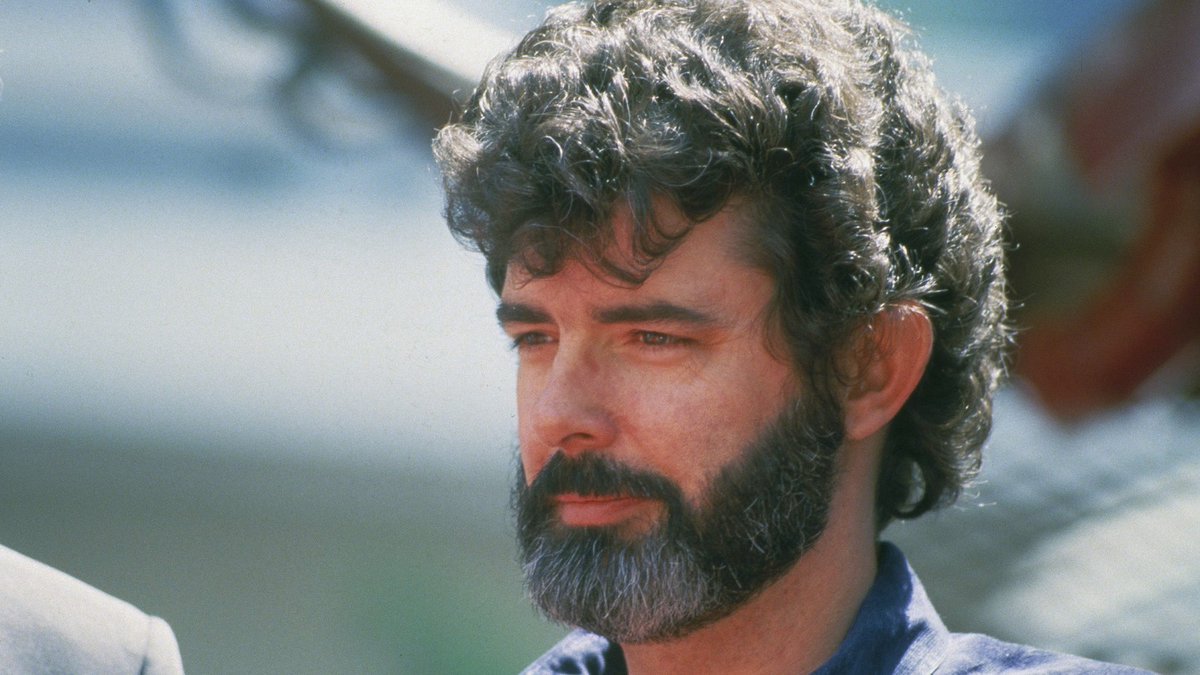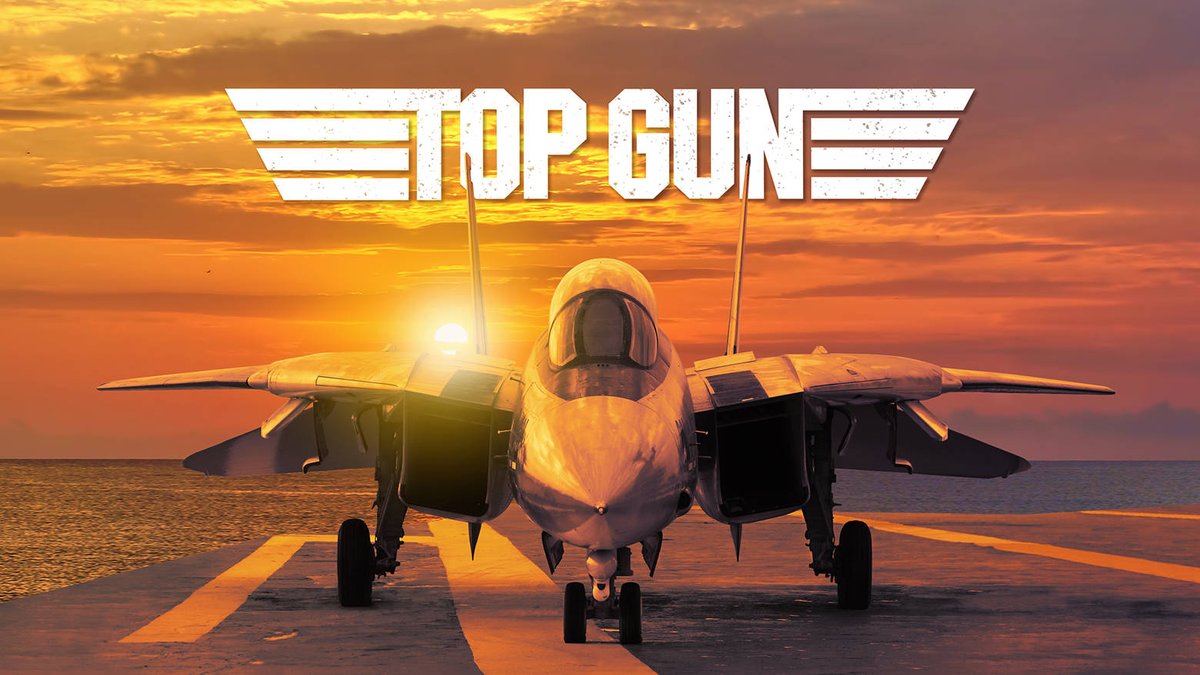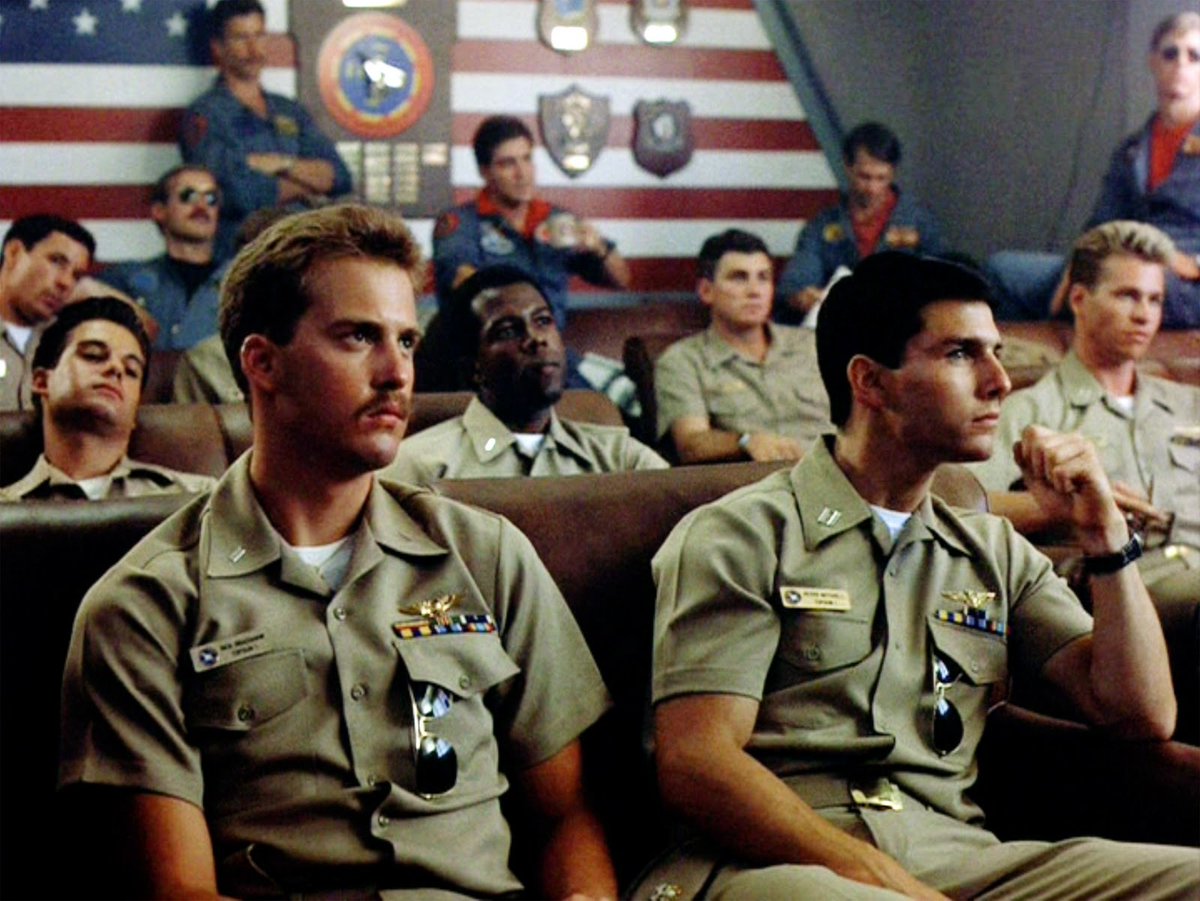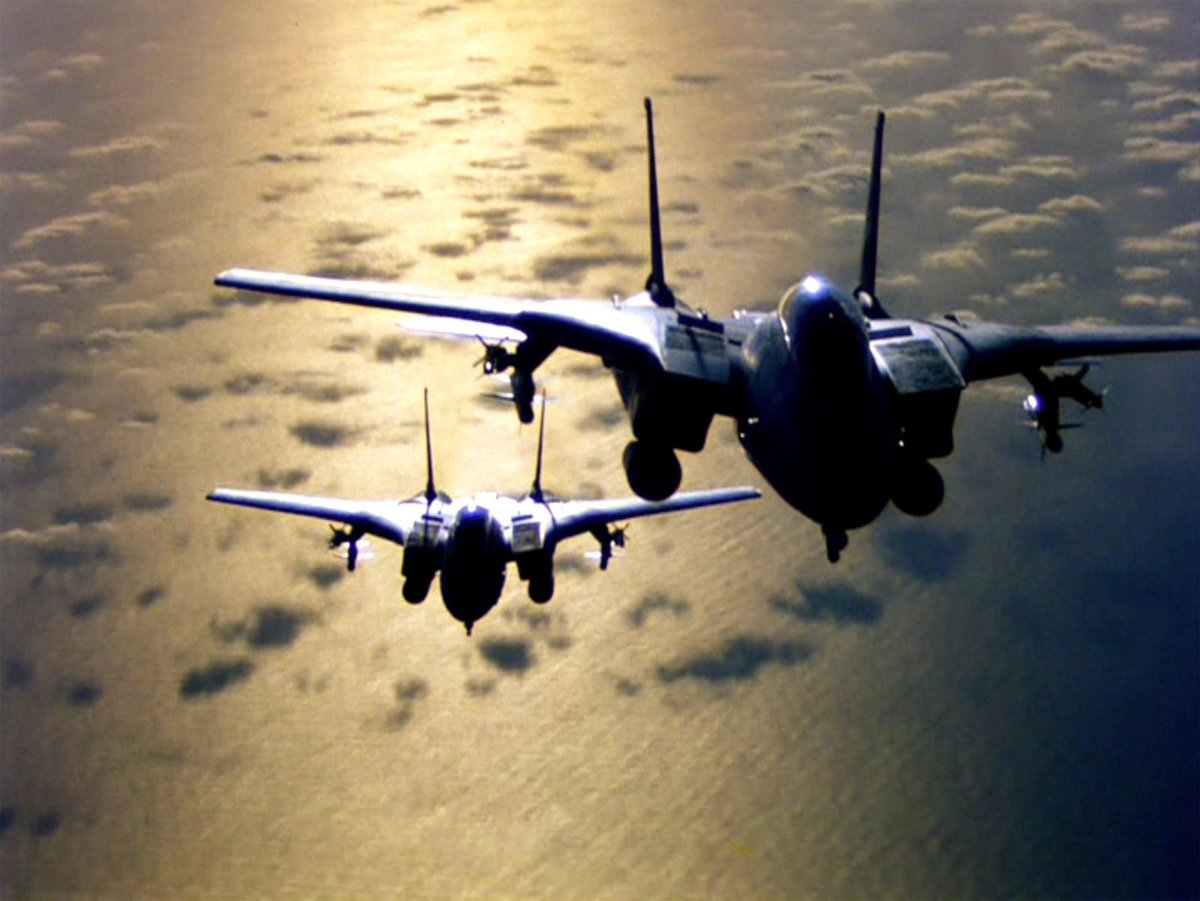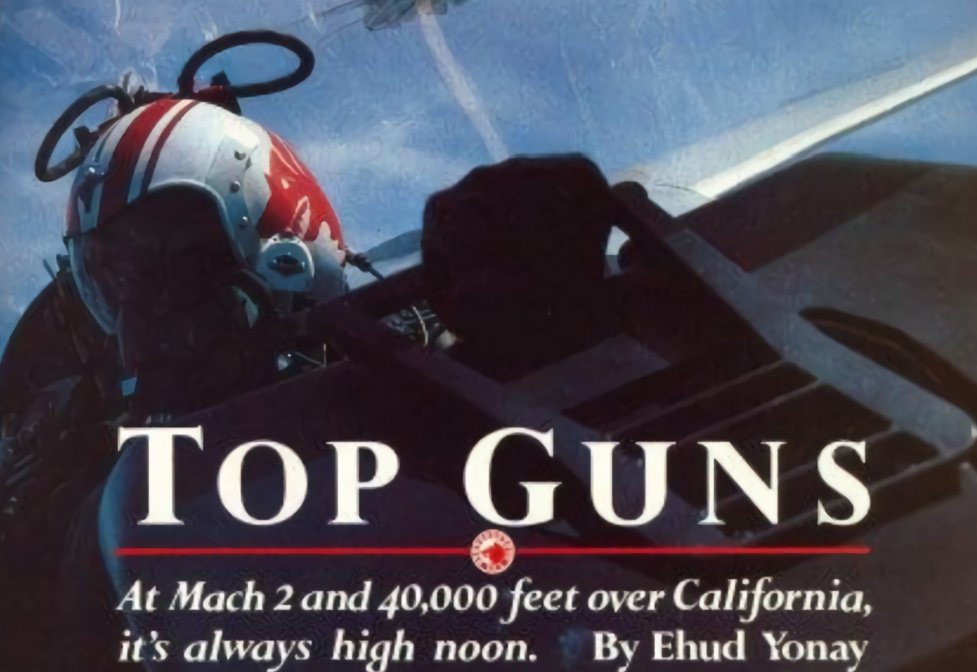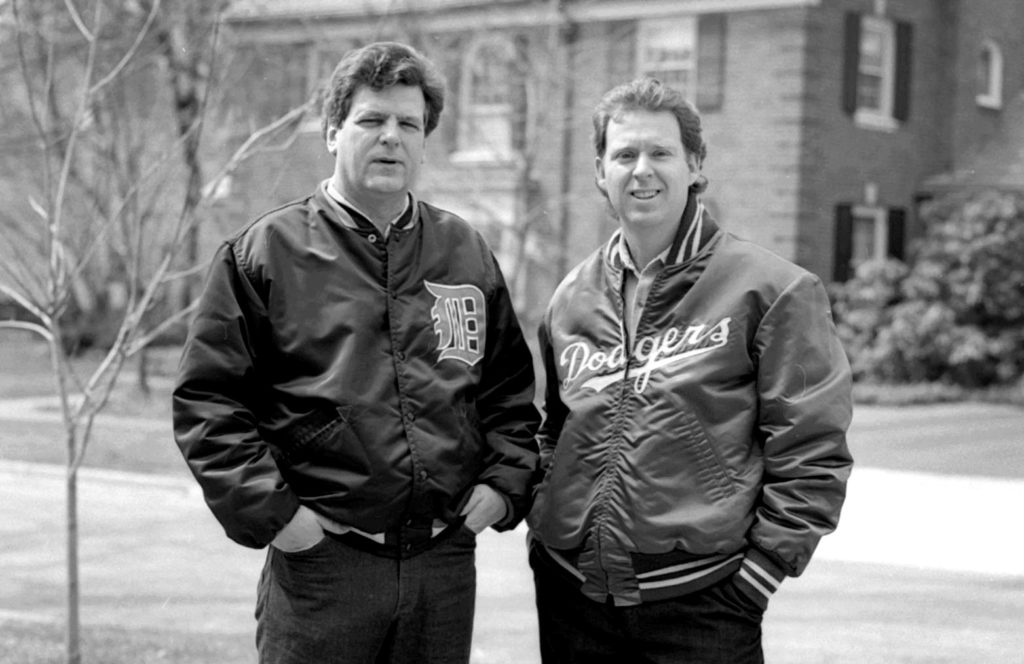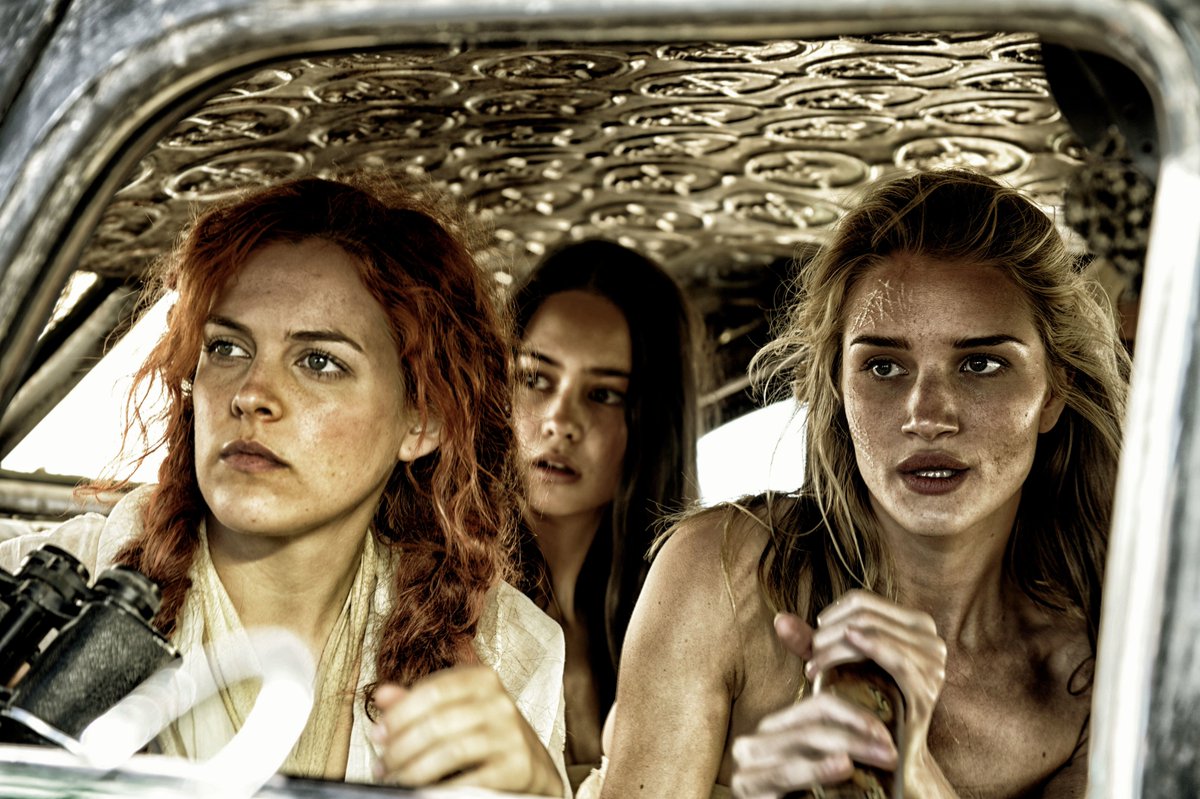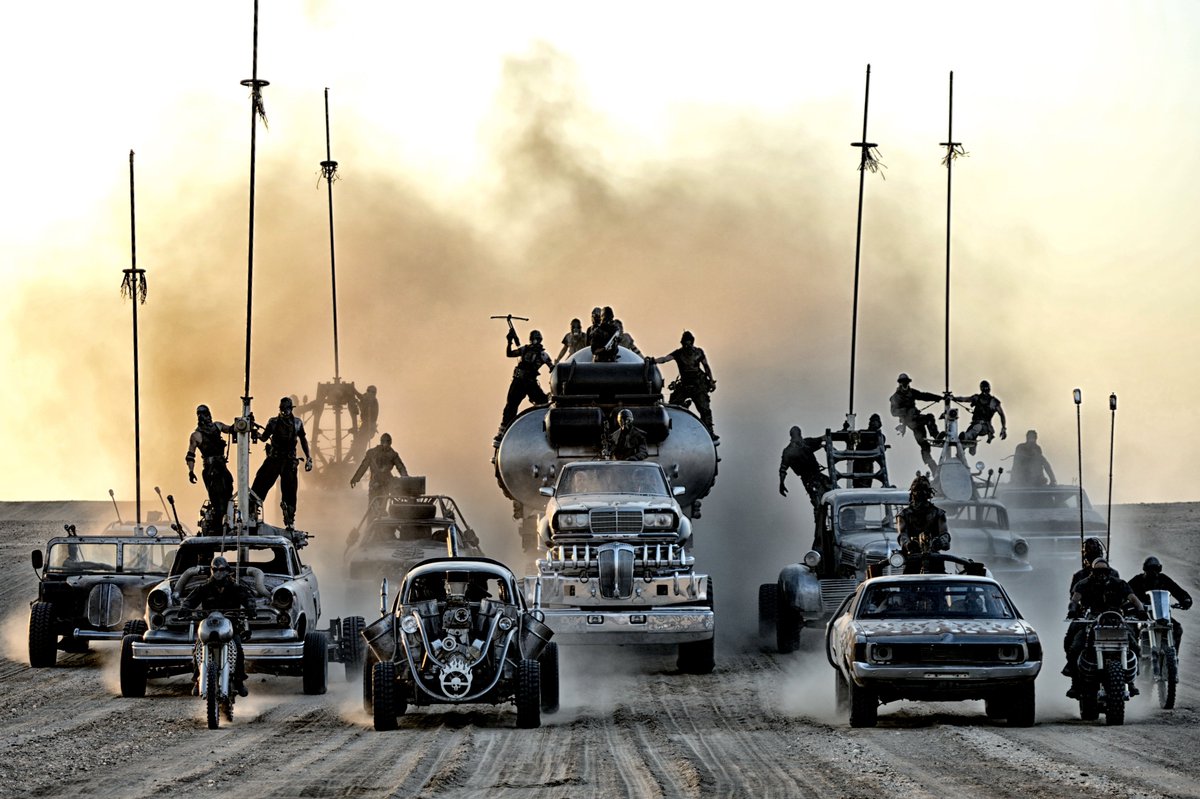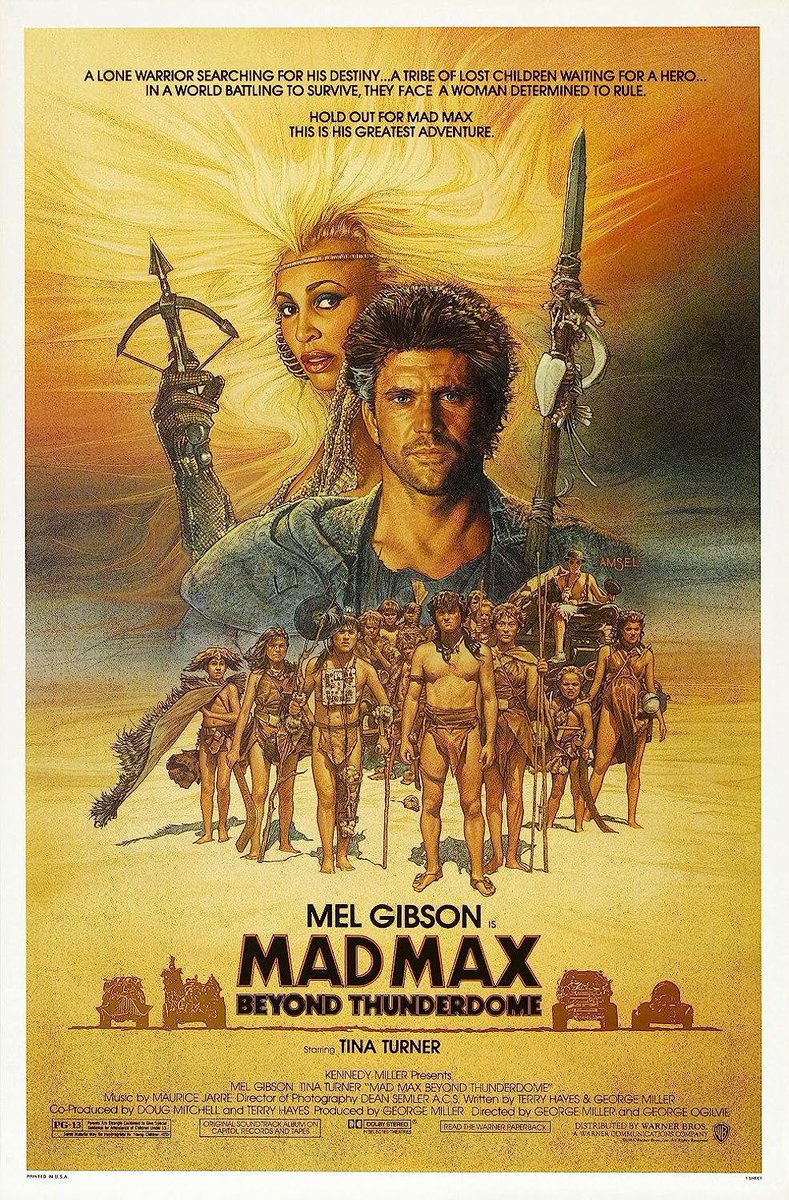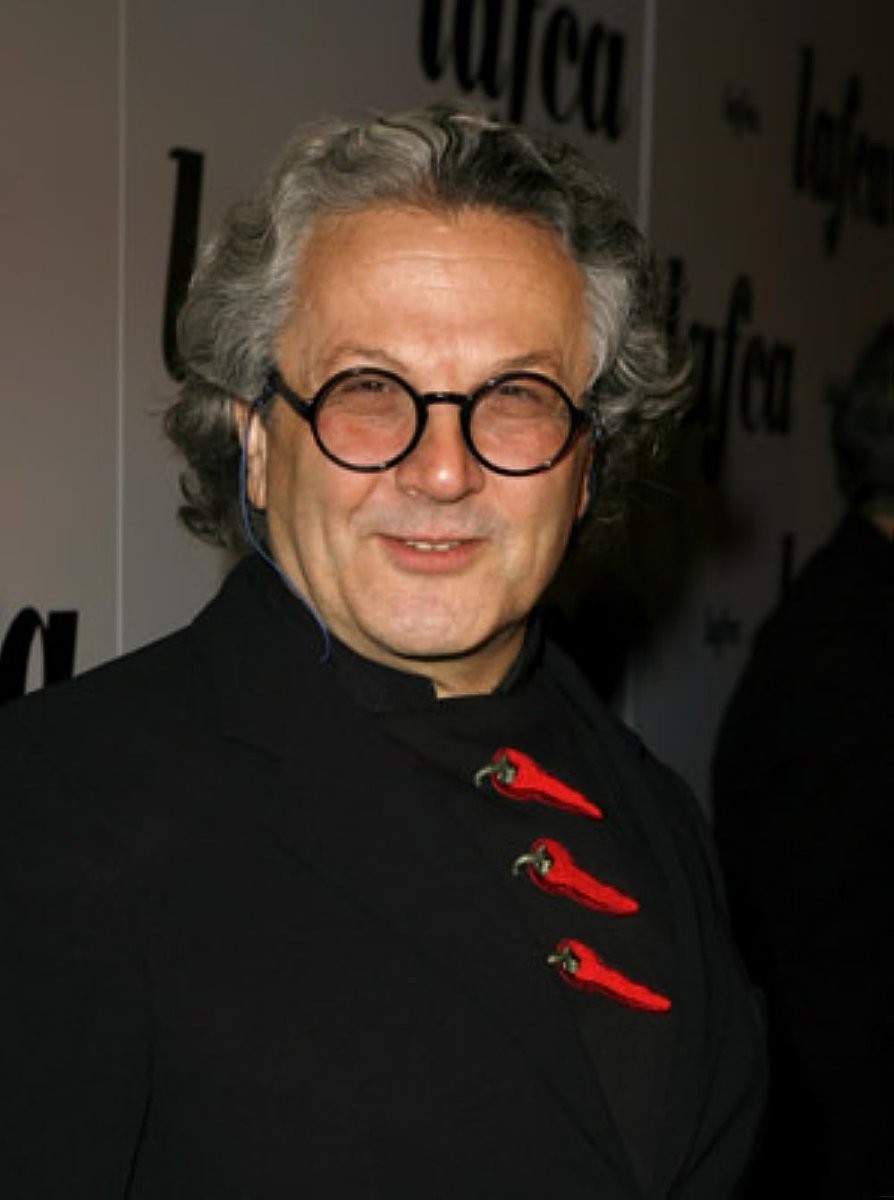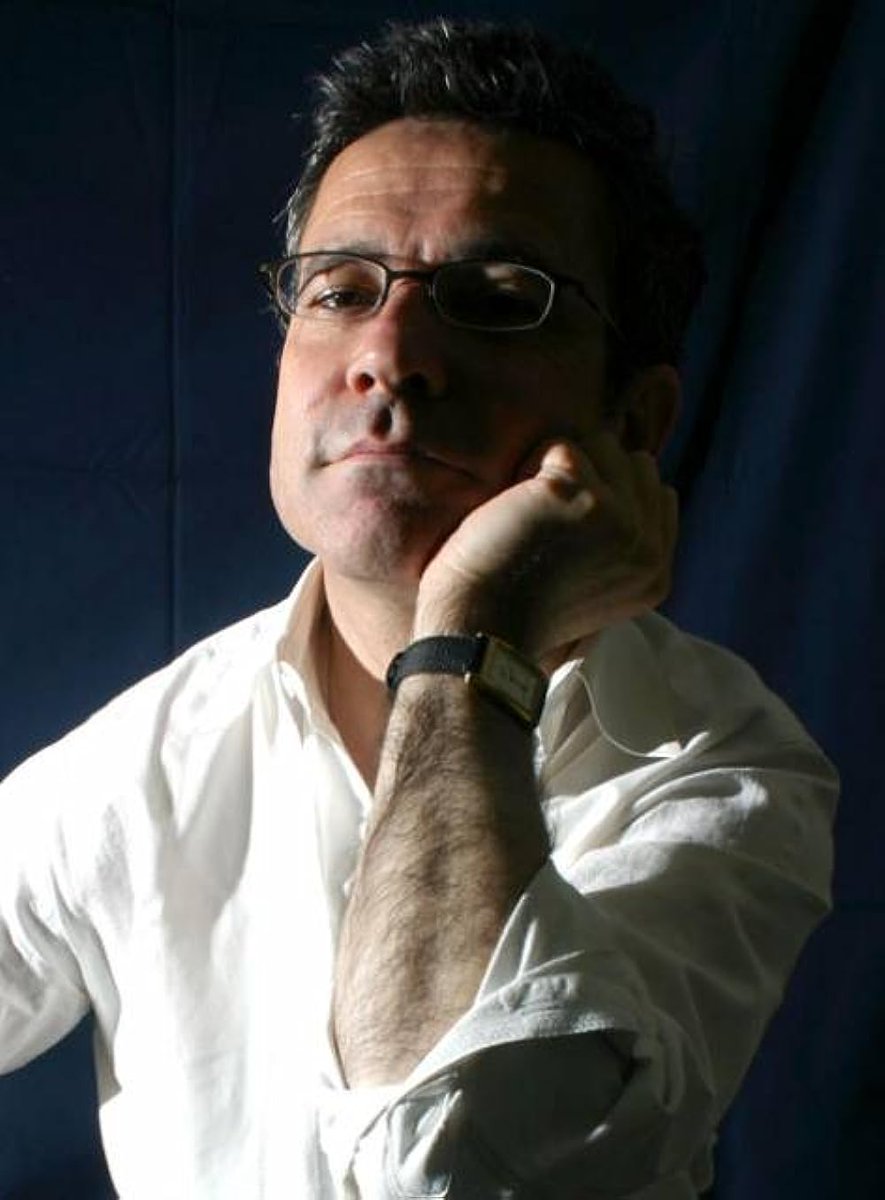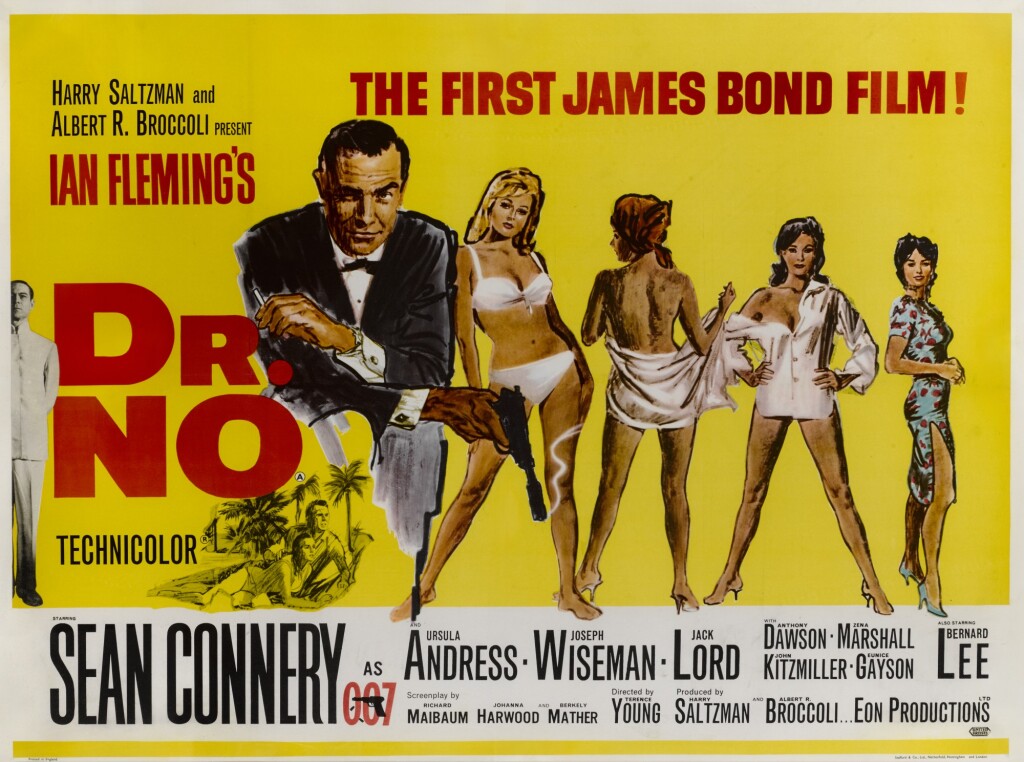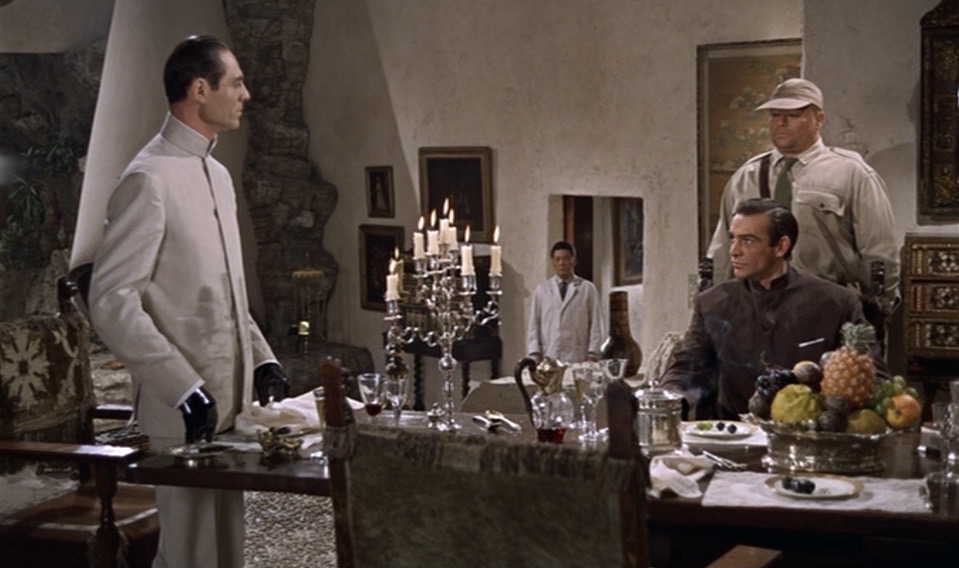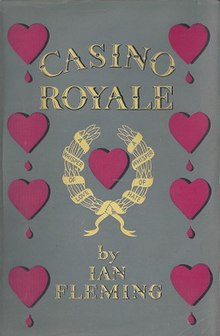BRAVEHEART was released 29 years ago this week. Acclaimed as one of the great historical action movies and among Mel Gibson’s most popular films, the making of story is as epic as a medieval battle…
1/53




1/53
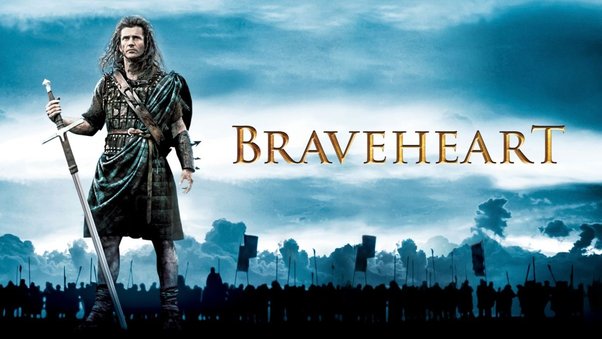


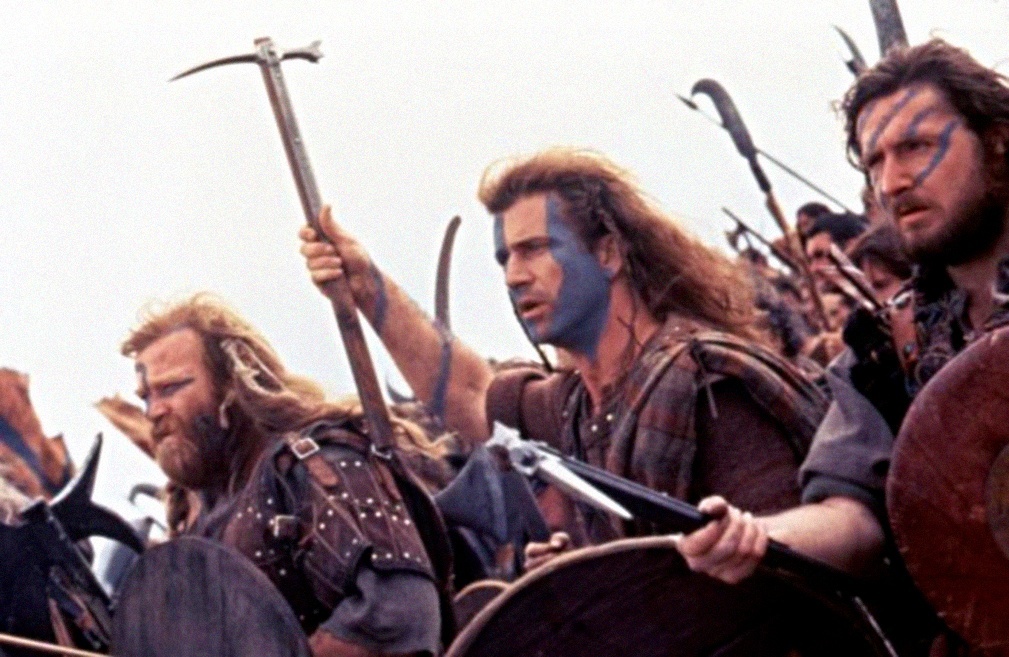
In 1983, aspiring American screenwriter Randall Wallace visited Edinburgh to learn about his own Scottish ancestry. Seeing a statue of William Wallace at Edinburgh Castle, he asked a tour guide who he was. The story he heard gave him an idea for a movie.
2/53


2/53


On finishing his script, titled Braveheart, Wallace shopped it round Hollywood studios. Producer Alan Ladd Jr optioned it for MGM and, on leaving the studio in 1993, took Braveheart with him. He showed the script to Mel Gibson, who was interested.
3/53


3/53

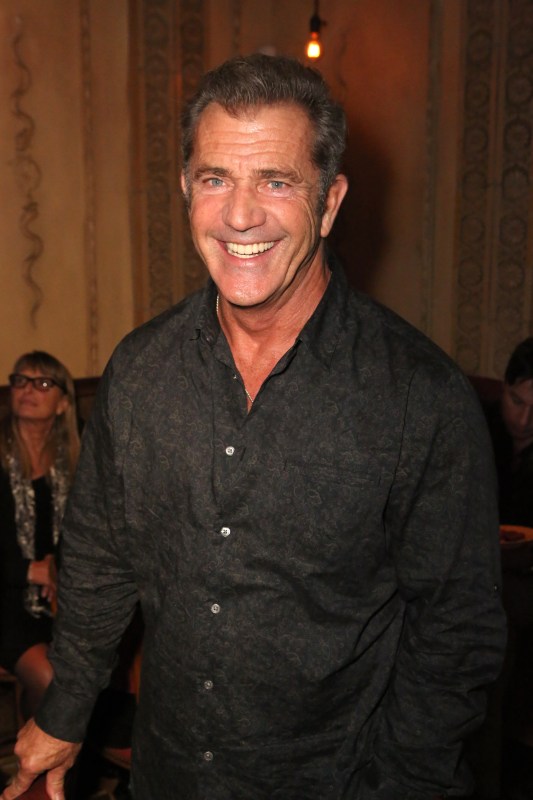
Gibson’s Icon Productions joined with The Ladd Co. to produce the film and approached Warner Bros to fund it. They said they would if Gibson signed up to make another Lethal Weapon movie. He refused, and ultimately a deal was signed with Paramount and 20th Century Fox.
4/53




4/53




At the time, Gibson was developing an adaptation of A Tale Of Two Cities with Terry Gilliam and wanted Gilliam to direct Braveheart. When he declined though, Gibson decided to take on directing duties himself.
5/53


5/53


Gibson planned to produce and direct only, and was on the look out for an actor to play Wallace. He reportedly was keen on Jason Patric and Brad Pitt. Daniel Day-Lewis and Liam Neeson were also considered.
6/53




6/53




However, Paramount wanted Gibson himself to star. He thought he was too old at 38 to play the 20-something Wallace but Paramount said if he didn’t star in the film, they wouldn’t fund it. So Gibson took on the huge task of producing, directing, and starring.
7/53


7/53


Making the film was such a task that Gibson unintentionally lost 15 pounds during the 105-day production. He said "I was eating everything in sight… I used to eat a plate of food that was like everything they could get on the plate, and would shovel it down in no time."
8/53


8/53


The main antagonist of the film is King of England, Edward Longshanks (so-named as he was 6’2” – very tall for the time). Sean Connery was the first person asked to play the part but turned it down to make Just Cause.
9/53


9/53


The Assistant Director was David Tomblin and he had worked on hit 1960s TV The Prisoner. He recommended its star, Patrick McGoohan, to Gibson. The men met, and Gibson cast McGoohan as Longshanks.
10/53


10/53


In casting Wallace’s tragic wife, Murron, Gibson was interested in casting Jodie Foster, having starred with her in Maverick. When she declined, Gibson went through auditions and cast English actress Catherine McCormack.
11/53


11/53


French actress Sophie Marceau was cast as Wallace’s second love interest, Princess Isabelle. She said that Gibson, always the joker, started a rumour on the set that she was the daughter of Marcel Marceau, the famous mime artist. (She isn’t).
12/53




12/53




Isabelle’s husband (and Longshanks’ son) is Prince Edward. Angus MacFadyen was asked to audition, but asked to play Robert the Bruce instead, and won the part. Peter Hanly was cast as Edward.
13/53


13/53


Irish actor Brendan Gleeson won the part of Wallace’s fellow warrior, Hamish Campbell. The character was based on Wallace’s real-life lieutenant, Andrew de Moray, who is also considered a Scottish hero.
14/53


14/53


Scottish character actor James Cosmo was hired to play Hamish’s father, despite being just 7 years older than Gleeson.
15/53


15/53


The title ‘Braveheart’ refers to William Wallace in the film but, in real life, it was Robert the Bruce’s nickname, not Wallace’s. According to legend, a friend of King Robert’s took his heart with him into battle after he died, shouting “Lead on brave heart, I'll follow."
16/53


16/53


Randall Wallace planned to start with Wallace as an adult, and added the sequence of his childhood later. When Wallace’s father’s funeral was written, Murron gave him a rose. It was changed to a thistle when Wallace realised that was more synonymous with Scotland.
17/53


17/53


Wallace’s wife wasn’t called Murron, she was called Marion. Randall Wallace and Gibson were concerned of it causing confusion with Robin Hood and Lady Marian, so it was changed. The name Murron is of Irish origin and means ‘White Sea’.
18/53


18/53


Randall Wallace said he had little historical sources to work with reading William Wallace’s life. Instead, he based his script largely on a 15thcentury poem by Scottish writer Henry the Minstrel (AKA Blind Harry) called The Wallace.
19/53


19/53


As a result, one of the main criticisms of the film is its disregard for historical accuracy. For example, William Wallace is depicted as growing up in poverty, but in real life he was born into nobility and was already a knight by the time of the Battle of Stirling.
20/53



20/53



Also, the blue ‘woad’ face paint Wallace wears hadn’t been worn by Scottish warriors for about 800 years at the time the film is set. It is hinted that Isabella’s child is William’s. In reality, she was only about 5 at the time Wallace died.
21/53


21/53


Similarly, Scottish warriors wouldn't have worn kilts until the 1700s. Medieval Scotland expert Sharon L. Krossa said it is like "a film about colonial America showing the men wearing 20th-century business suits."
22/53


22/53


Primae Noctis (the practice that an English nobleman can sleep with a woman on her wedding night) has never been a thing in Britain. It was, apparently, accepted in parts of France throughout history.
23/53


23/53


A bone of contention among Scots is that Robert the Bruce did sometimes change his allegiance, but never directly betrayed Wallace as in the film. And in reality, Longshanks died on a campaign two years after Wallace's execution.
24/53


24/53


A key plot point is the moment that the Irish join forces with the Scots. In reality, the Irish fought against Wallace. Gibson changed it as he said audiences might be confused to see the Irish and the English on the same side.
25/53


25/53


Gibson’s original idea for the woad face paint was for it to be a St. Andrew's Cross. The film's make-up artist, Lois Burwell, suggested the half-face-covering design as it was more realistic, and it became a pretty iconic visual.
26/53



26/53



The composer on the film was James Horner, who had also scored Gibson’s The Man Without A Face. The Braveheart soundtrack went on to become one of the most commercially successful of al time, and Horner was nominated for an Oscar.
27/53


27/53


Prior to production starting, Gibson watched Stanley Kubrick's Spartacus and William Wyler's Big Country many times. As two classic historical epics, he took a lot of inspiration from those movies.
28/53


28/53


Another criticism made of the film was the portrayal of Prince Edward as a homosexual, whose lover is murdered by his father. There rumours that the real Edward had been gay, but nothing concrete, and some critics called the movie homophobic.
29/53


29/53


The movie opens with a famous title sequence. Gibson wanted to launch right into the narrative but the studio commissioned designer Kyle Cooper to create titles. When Gibson saw it, he agreed the film should start with that.
30/53


30/53


Wallace’s childhood scenes were filmed in Scottish valley Glen Nevis. It has the heaviest rainfall in Europe and in the 6 weeks the production spent there, they only had three days of sunshine. Afte a few days, Gibson decided to film no matter the weather.
31/53


31/53


Aside from those scenes, almost all of the movie was filmed in Ireland. And, in order to focus on directing, Gibson wouldn’t spend long in front of the camera. Most of his scenes were done in two or three takes.
32/53


32/53


In one scene, a group of Scots recognise Wallace, and one says "Can't be. Not tall enough.” This was an in-joke on the fact that the real Wallace was said to be 6'5" tall (unlikely), where Gibson is 5'8".
33/53

33/53

Up to 1,600 extras were used for the battle scenes. Most were members of the reserve Irish Army, and about 40 of William Wallace’s real descendants were used too. It took four hours to get everyone through costume and make-up.
34/53


34/53


Gibson also faced a real-life rebellion on the set. The cast of extras (the Irish army reservists) caused problems when they didn’t get a promised weekend off, and the reservist's commanding officer had words with Gibson and marched them off the set.
35/53


35/53


Most of the horses seen in the movie weren’t real – they were propelled along by nitrogen cylinders at speeds of 30 miles per hour. They were so realistic though that Gibson would bet people $5 they couldn't tell the difference.
36/53


36/53


The mechanical horses were so good that the production was reportedly investigated by an animal welfare organization, convinced that the fake horses used were real. They had to be provided behind the scenes footage which clearly showed what was happening.
37/53


37/53


The moment the Scots moon the English was added by Gibson, who said "If we didn't have some funny bits, it'd be f******g unbearable.” Gibson later pranked Apollo 13 director Ron Howard by taking out a trade ad saying Braveheart had been nominated for 'Best Moon Shot'.
38/53


38/53


The huge Battle of Stirling Bridge sequence was filmed over 6 weeks on the Curragh Plain in County Kildare and about 90 hours of footage was shot. In real life, the Scots used a bridge, but Gibson removed it to allow for the “cinematic” horse charge.
39/53


39/53

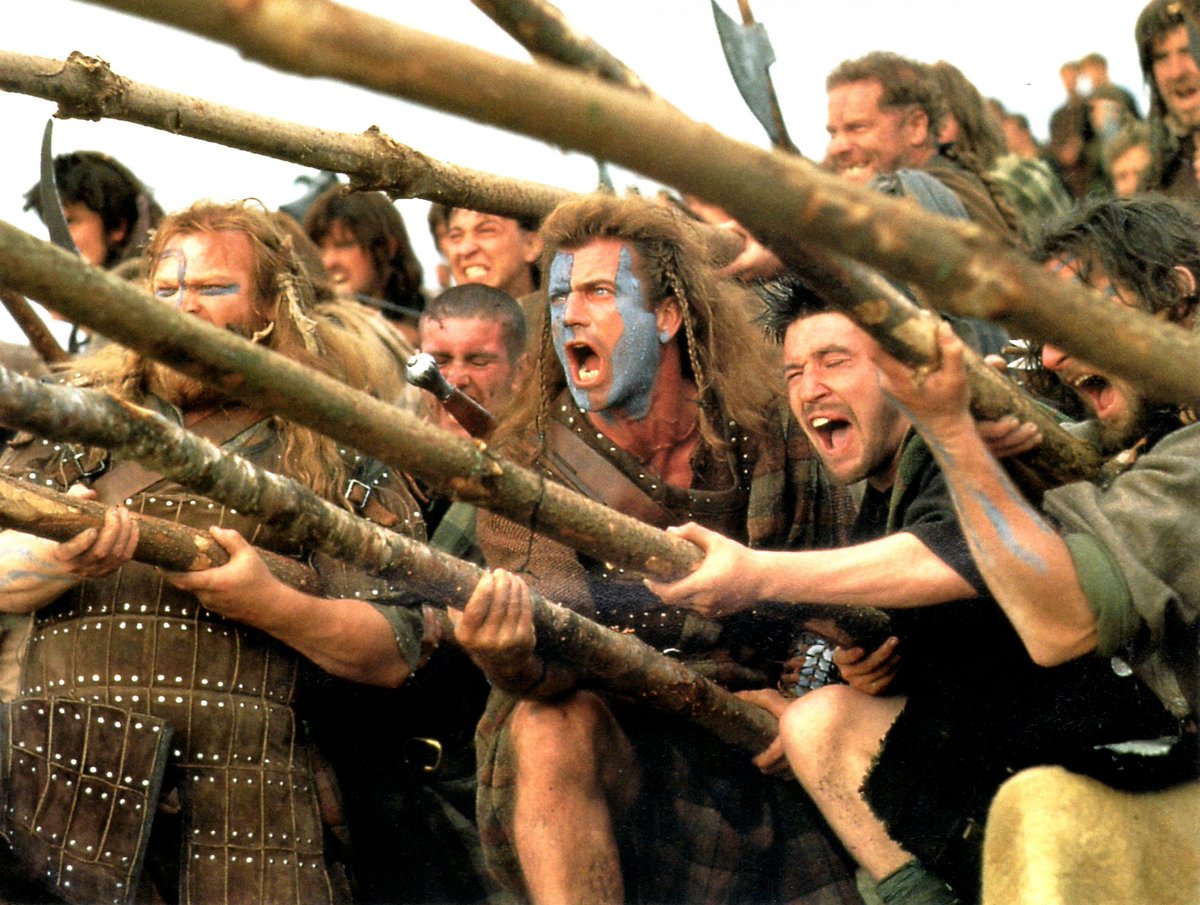
When asked by a local why the Battle of Stirling Bridge was filmed on an open plain, Gibson answered that "the bridge got in the way." "Aye," the local reportedly answered. "That's what the English found."
40/53


40/53


Digital effects were in their infancy at the time and Gibson decided to film real arrows flying through the air instead. Also, some of the battle scenes had to be refilmed when some extras were wearing sunglasses and wristwatches.
41/53


41/53


Gibson's brother, Donal Gibson, shows up as the leader of one of the clans that join with Wallace in the midpoint. Also, the film's accountant, Paul Tucker, is the soldier who says "I hope you washed your arse this morning. It's about to be kissed by a king."]
42/53



42/53



Gibson leant on the expertise of some of his previous collaborators. He said he borrowed techniques from directors George Miller (Mad Max) and Peter Weir (Gallipoli) such as filming at different speeds, or using jump cuts in the action scenes.
43/53


43/53


The warrior extras earned $300 per week, and regularly worked 14-hour days, so it wasn’t a great gig. Reportedly, mistakenly asked one of Gibson's children for a cup of tea. Gibson saw the man was exhausted and said to his son "Go get it."
44/53


44/53

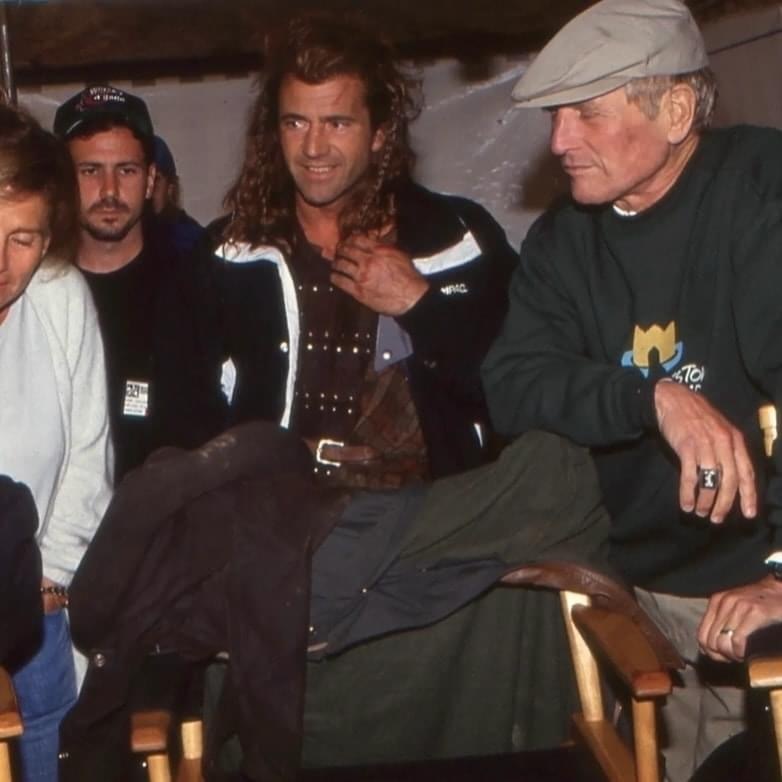
Wallace’s call to arms speech ("They'll never take our freedom") was created for the film, as nobody knows what Wallace really said. Randall Wallace was inspired by the St. Crispin’s Day Speech Shakespeare’s Henry V and said "I wrote what gave me goose bumps.”
45/53


45/53


In the movie, Wallace is captured at Edinburgh Castle, having been betrayed by Robert Bruce. In real-life, Wallace was betrayed by a Scottish nobleman called Sir John Menteith. He was captured at what is now Robroyston (named after another Scottish hero, Rob Roy).
46/53


46/53
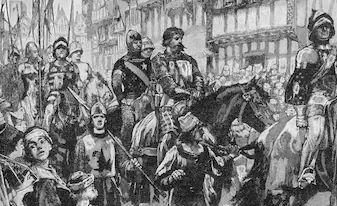

Before his execution, Wallace says to Isabella "Every man dies--Not every man really lives." This line came from 19th-century American poet William Ross Wallace (no relation) who famously wrote The Hand That Rocks The Cradle Is The Hand That Rules The World.
47/53


47/53


Filming the torture scenes, Gibson really hanged himself for a few seconds. He blacked out and had to be cut down, saying “I remember waking up with all of these people standing over me."
48/53


48/53
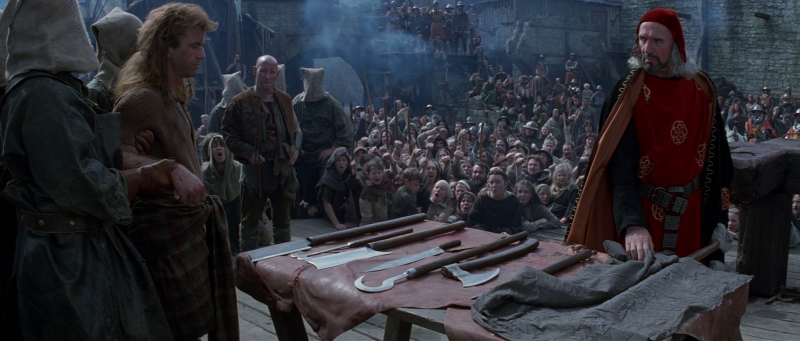
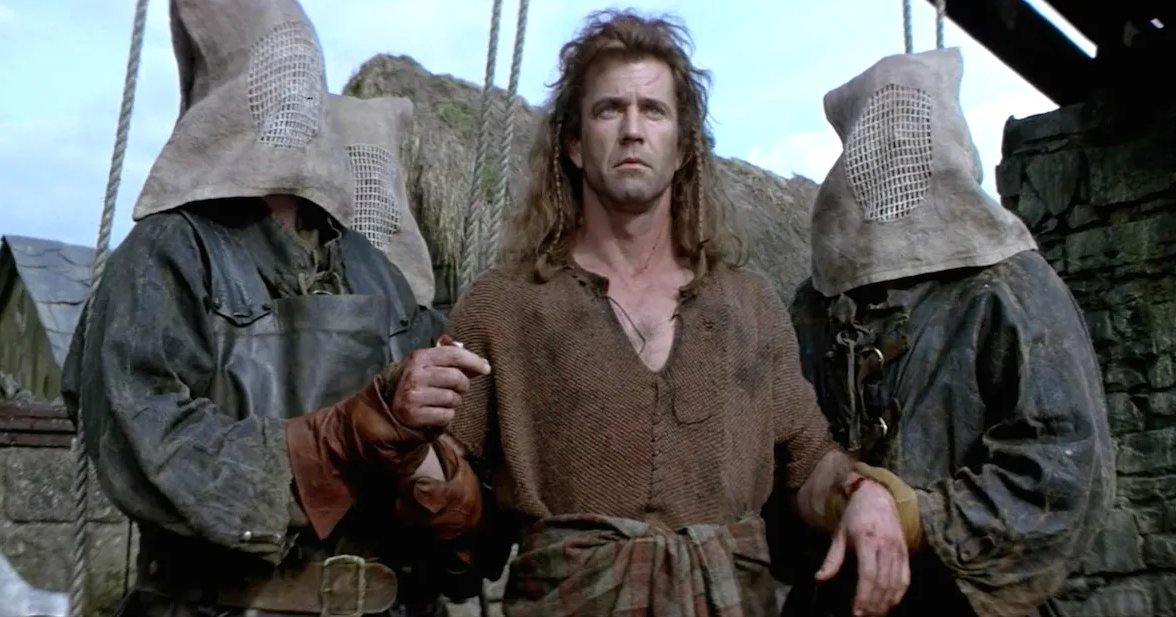
Wallace's disembowelment was apparently way more brutal in real life, and was originally filmed in more graphic detail. The MPAA demanded it was toned down to avoid an R-Rating, and some shots were cut.
49/53


49/53


At the end of the film there is a famous shot where, before the Battle of Bannockburn, Hamish throws Wallace's sword into the air and it sticks into the ground. This was not part of the script and improvised by Brendan Gleeson.
50/53
50/53
As well as Wallace’s death scene, the MPAA said some of the battle scenes had to be toned down too. Gibson and editor, Steven Rosenblum had a 4hour version at one point and had to cut it down to 177 minutes.
51/53


51/53


The film was a big hit and on a budget of $72m, grossed $209m worldwide. It also did very well at the Oscars, winning Best Picture, Best Director, Best Cinematography (John Toll) and Best Make-Up (Peter Frampton, Paul Pattison and Lois Burwell).
52/53




52/53




Finally… there is a Braveheart sequel. In 2019, Robert the Bruce was released. Angus MacFadyen reprised his role from Braveheart, and it tells the story of possibly Scotland’s most famous King.
53/53




53/53



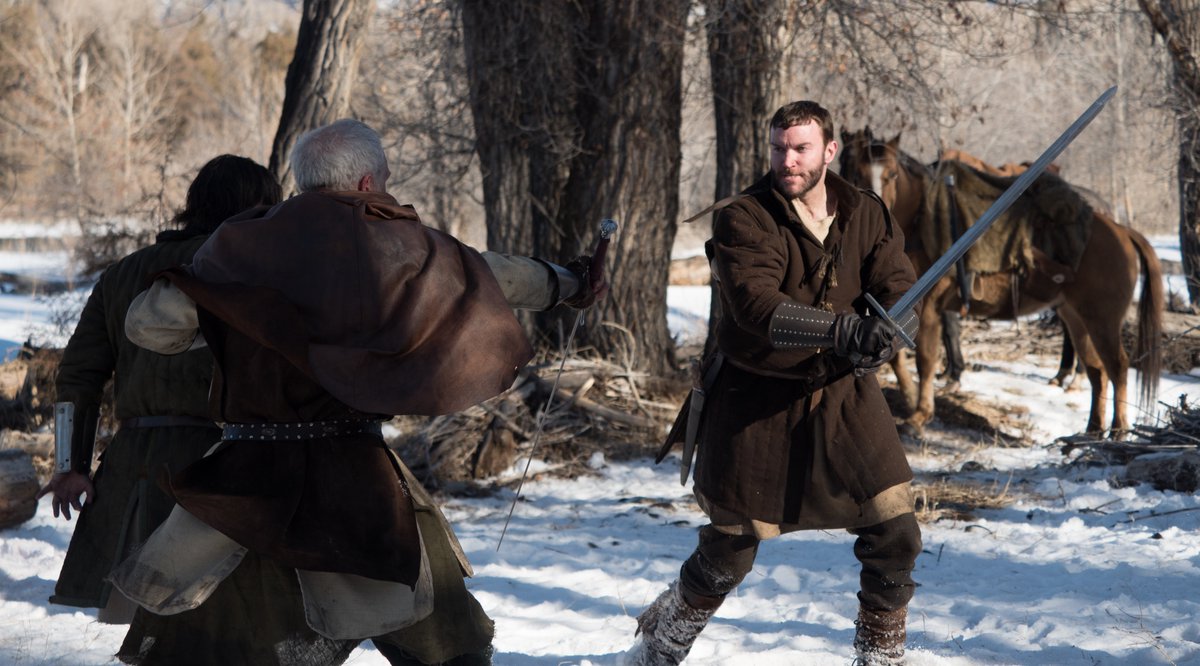
If you liked our story on the making of BRAVEHEART, please share the opening post 😀
https://x.com/ATRightMovies/status/1792485091203002768
Our latest podcast is on STARSHIP TROOPERS. Full of big laughs and opinions so please give it a listen 😀
alltherightmovies.com/podcast/starsh…
alltherightmovies.com/podcast/starsh…
• • •
Missing some Tweet in this thread? You can try to
force a refresh


